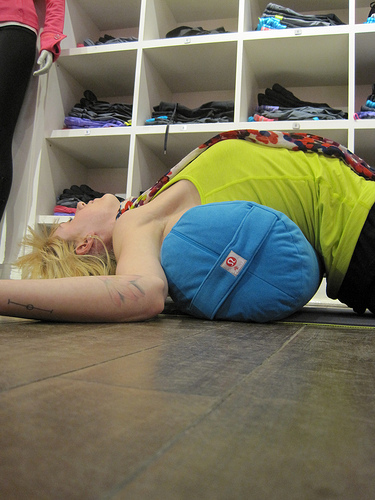Dear all, I would really appreciate your help with the following. Despite practicing yoga for several years, I still lack flexibility when sitting straight in Paschimottanasana.
It is strange though because generally I am very flexible and when folding in Paschimottanasana can easily lock my hands behind my feet while keeping my legs straight. However, even before starting to fold, when I simply try to sit straight, my lower back is not straight. No matter how much I try to straighten / curve it and no matter how father back I put my glutes, it still looks like this:
Paschimottanasana 1.jpg (with red markings)
Instead of looking like this:
Paschimottanasana 2.jpg (without red markings)
I can, however, keep my upper back straight easily.
Initially, I assumed that I simply lack hamstrings flexibility and need to keep on practicing. However, as my hamstrings are now relatively flexible (see above) I start wondering if it can be something else that I should address separately. I would really appreciate your thoughts on what can be a limiting factor and how to fix it.
BTW, I have the same problem with Upavistha Konasana.
Thank you very much!

